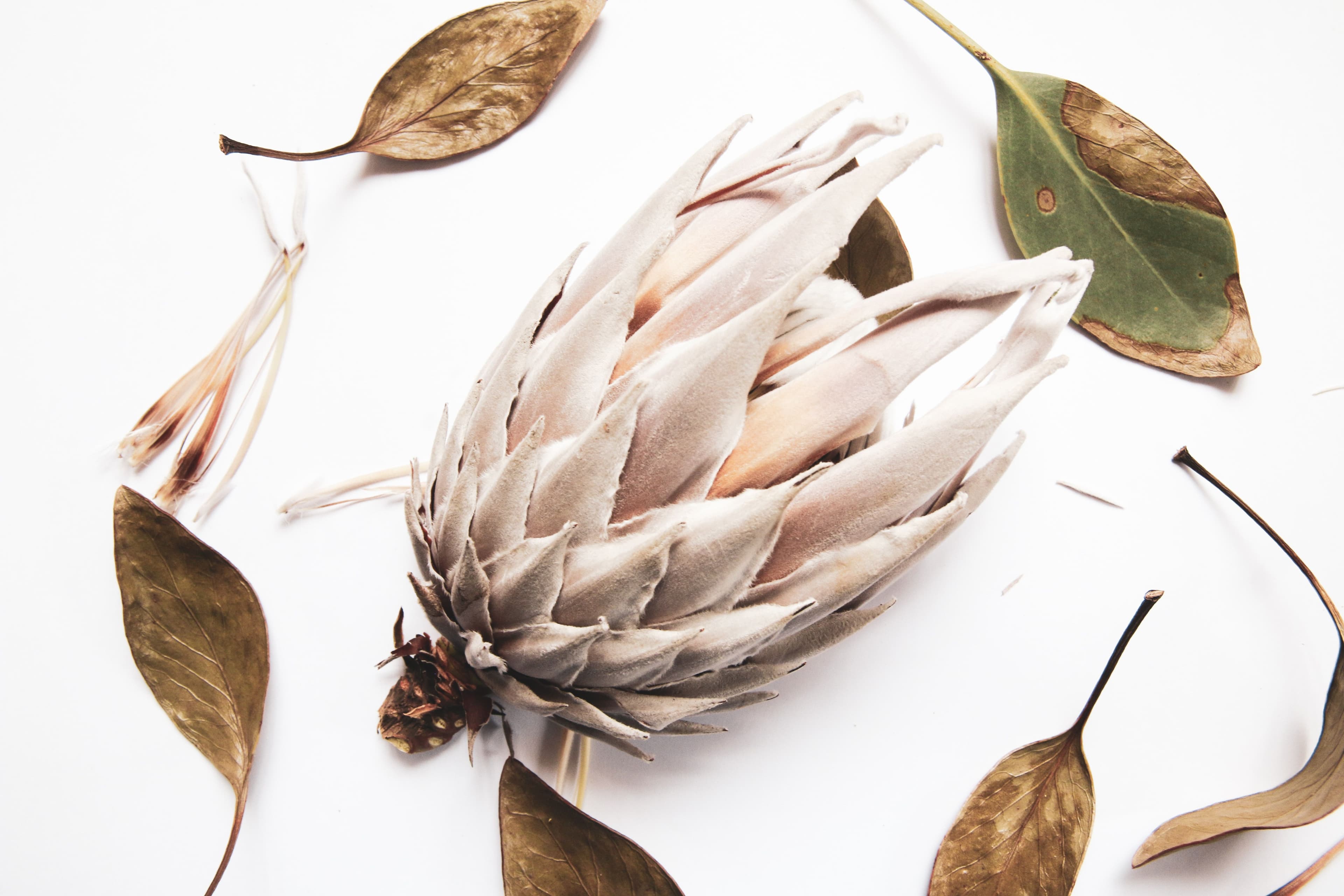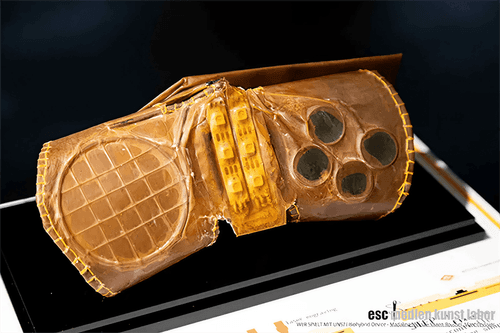Biomaterials have emerged as the golden ticket for brands and suppliers seeking sustainable and cutting-edge solutions in an era of heightened regenerative consciousness.
The dynamic potential of biomaterials transcends traditional boundaries, revolutionizing industries and paving the way for a future that seamlessly blends nature and technology.
Understanding the nature of biomaterials
Biomaterials are materials that come from or are made by living things like plants, animals, bacteria, fungi, and other living organisms. This basically means nature is the ultimate source of these materials. Sometimes, you might hear them called "biologically derived materials." It's a fancy way of saying they originate from the natural world.
From a leaf-shaped plastic made from corn to a bandage that helps heal wounds faster, biomaterials are versatile and can be used in many ways. They're like the superheroes of materials, with the power to improve our lives without harming the environment. They're made from things that can be grown or produced again and again, like plants or agricultural waste. It's a win-win situation because we can use these materials without depleting the Earth's precious resources.
The growing need for biomaterials
Biomaterials have emerged as veritable alternatives that can solve some of the global environmental challenges. Many conventional materials rely on non-renewable resources, such as petroleum-based plastics and metals. Extracting and processing these resources not only depletes them but also leads to pollution.
On the other hand, biomaterials can be derived from renewable sources like plants, agricultural waste, and even algae, reducing dependence on scarce resources.
Traditional materials, especially single-use plastics, contribute significantly to the mounting waste crisis. They end up in landfills or pollute natural ecosystems, taking centuries to degrade. Biomaterials offer a solution by being biodegradable or compostable, reducing the environmental burden and promoting a circular economy. About 8 million tons of plastic waste escapes into the oceans from coastal nations every year.
With the well-known upsides of biomaterials, it is not surprising that brands are increasingly looking to adopt them. According to McKinsey, “advances in the use of biology in the production of materials, chemicals, and energy could amount to $200 billion to $300 billion in global market growth.” This growth rate is not surprising as biomaterials have gained widespread use in food packaging and medical application for tissue engineering and regenerative medicine. In the construction industry, biomaterials like hempcrete are becoming more popular.
)](/_next/image?url=https%3A%2F%2Fstorage.googleapis.com%2Ftocco-cms%2FBiological_science_a_new_wave_of_innovation_c770f48570%2FBiological_science_a_new_wave_of_innovation_c770f48570.png&w=2048&q=75)
The different types of Biomaterials
Biomaterials come in different forms. Understanding each type and how they work is important for any brand seeking to take full advantage of biomaterials.
- Biopolymers: Biopolymers include materials like collagen, chitosan, and cellulose derived from plant or animal sources. They are used in various applications, including medical implants and drug delivery systems. NatureWorks LLC develops biopolymers and is one of the leading suppliers globally.
- Bioactive ceramics: Ceramic biomaterials are biocompatible materials that can be used in bone grafts, dental implants, and coatings for medical devices. Ceramics are known for their excellent mechanical strength and bioactivity, which allows them to integrate with surrounding tissues. BIOMATCAN supplies ultrapure bioceramics in powder and granular forms.
- Bio-composites: Biomaterial composites are created by combining two or more materials to achieve enhanced properties. For example, combining a polymer matrix with ceramic or metal particles can result in improved strength, flexibility, or bioactivity. Lingrove, for example, uses plant-based fiber and resins to create bio-composites for construction.
- Natural biomaterials: Natural biomaterials are derived directly from living organisms and can include materials like silk, collagen, alginate, and elastin. These materials offer excellent biocompatibility and often possess specific biological functionalities. Natural biomaterials are used in wound healing, tissue engineering, and drug delivery applications. Germany-based Gelita makes gelatin used by food and pharmaceutical companies.
Application of biomaterials in various sectors
The application of biomaterials cuts across various sectors. From construction to consumer goods, businesses have found innovative ways to utilize biomaterials.
- Medical sector: Biomaterials are used to create implants, tissue scaffolds, and drug delivery systems that interact with living tissues, promoting healing and regeneration. Aspect Biosystems combines biomaterials, bioprinting technology, and computational design to build allogeneic tissue therapeutics.
- Packaging and consumer goods: Biomaterials derived from renewable sources replace conventional plastics in packaging, disposable cutlery, and fashion accessories, reducing environmental impact. For example, Flex Sea makes a biomaterial that replaces plastic film packaging.
- Construction and architecture: Biomaterials like bamboo and mycelium are used as sustainable alternatives in construction, offering strength, durability, and reducing carbon footprint. Ecovative’s MycoComposite technology binds sustainable materials with mycelial fibers to produce biodegradable packaging and eco-friendly building materials.
- Automotive and aerospace: Biocomposites, made from natural fibers and biopolymers, replace traditional materials in non-structural components, reducing weight and improving fuel efficiency. For instance, karuun® produces biomaterials from rattan for use in automotive interiors.
- Environmental Applications: Biomaterials play a role in water purification, bioremediation, and sustainable agriculture, breaking down pollutants, improving soil quality, and reducing waste.
)](/_next/image?url=https%3A%2F%2Fstorage.googleapis.com%2Ftocco-cms%2FThree_biomaterial_product_types_bf07b73a21%2FThree_biomaterial_product_types_bf07b73a21.png&w=2048&q=75)
Businesses have a unique opportunity to develop new products that use biomaterials. The biggest challenge to get started with biomaterials is access to knowledge, information, and technologies.
References
How to (really) end the single-use plastic epidemic? | tocco. (n.d.). https://tocco.earth/article/alternatives-to-single-use-plastics/
Parker, L. (2021, May 3). The world’s plastic pollution crisis explained. Environment. https://www.nationalgeographic.com/environment/article/plastic-pollution
Stanciu, L., & Diaz-Amaya, S. (2022). Bioceramics. Elsevier eBooks, 57–75. https://doi.org/10.1016/b978-0-12-809263-7.00004-4








